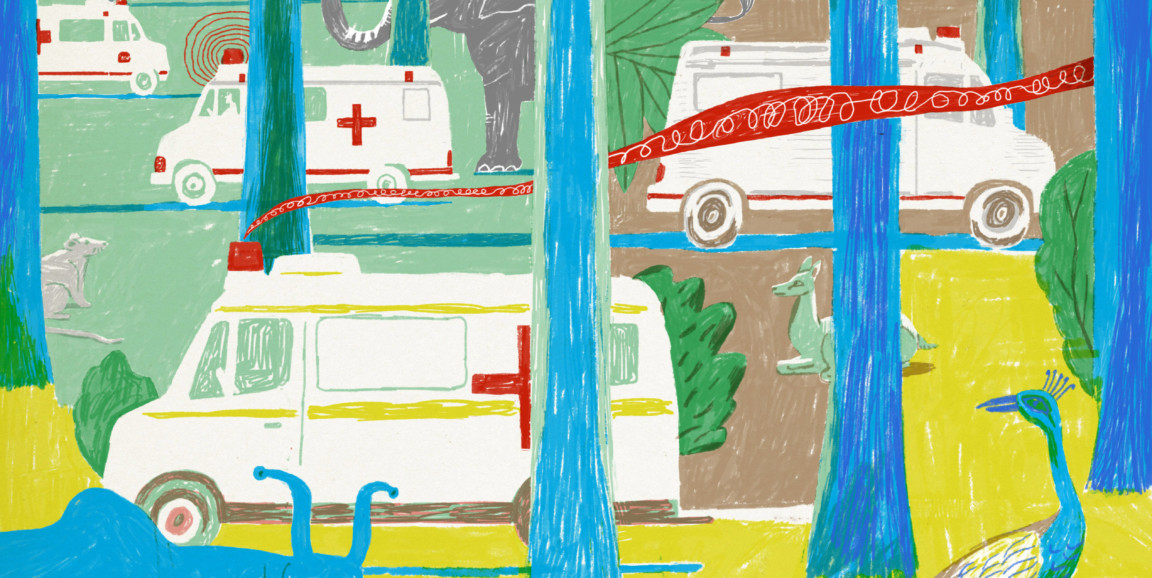Stanford Medicine is perched on flatlands between the San Francisco Bay and hills that turn golden in summer and green after the winter's rain. People travel to this place, a cluster of sleek modern buildings with labs and classrooms and offices, surrounded by palm trees and bikes and flowers, on a peninsula jutting into the Pacific, to learn, to teach, to receive or provide care and to advance medicine.
But, Stanford Medicine has its hand, often quite physically, in many other places: in ambulances in India, in vaccination clinics in China, in a breastfeeding class in South Africa and in dozens of other locations.
These efforts contribute to an ambitious, yet achievable, goal: Led by Dean Lloyd Minor, MD, and the Center for Innovation in Global Health, Stanford Medicine aims to impact two billion people by 2025.
In an article in the latest issue of Stanford Medicine magazine, writer Jonathan Rabinovitz describes this effort:
The challenge is how to make Stanford innovations in medical training and research accessible to the entire world. The answer is a combination of 'high touch' and 'high tech' to deliver new programs that draw on Stanford Medicine’s acumen in providing patient-centered care and its expertise in collecting and analyzing data to devise better treatments.
That involves sending Stanford Medicine people, resources and know-how worldwide. "There is a need to have boots on the ground," Michele Barry, MD, director of the Center for Innovation in Global Health, explains in the article.
A project in Cambodia provides a glimpse at just how powerful this outreach effort can be. There, Stanford Emergency Medicine International is involved in a five-year project to reduce maternal, infant and child death.
When the project began, the regional medical system had some gaps. The article explains:
Transfers from one facility to another were done on an ad hoc basis; triage was not based on need but rather on first come, first served; and there was no common set of guidelines for emergency care, said Peter Acker, MD, an assistant professor of emergency medicine who has worked on the Cambodia initiative...
That is no longer the case. Now 38 hospitals have triage and referral systems. The improvements made a big difference for one woman, who came to a rural hospital bleeding heavily after giving birth. She received treatment immediately rather than waiting in line. An ambulance picked her up to transfer her to a hospital equipped with blood supplies and capable of providing the surgery she needed.
"She is doing great," Acker said. "Knowing what was in place before, I think I can say she would have passed away without those changes."
Improvements in emergency medicine infrastructure alone will go a long way toward that 2 billion person goal, Stanford researchers anticipate.
"The recent development of emergency medical services in low- and middle-income countries is arguably the greatest advance in medical care in the last 25 years because of the number of lives impacted," said S.V. Mahadevan, MD, a Stanford emergency medicine physician who leads many of the international emergency medicine efforts.
The reverberations from these millions of lives will surely extend thousands of miles, back to that bit of land in California, home to Stanford Medicine.
Illustration by Jeffrey Decoster




